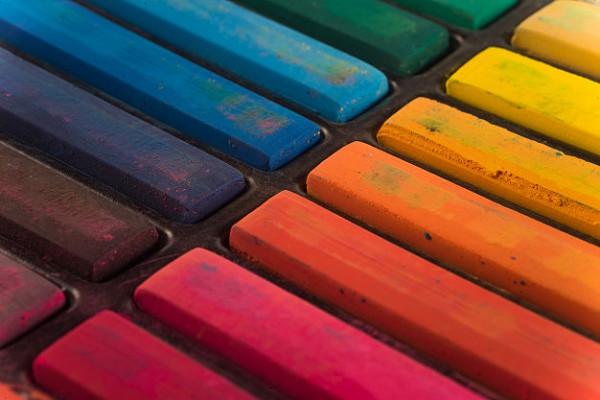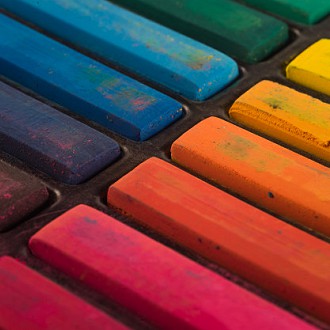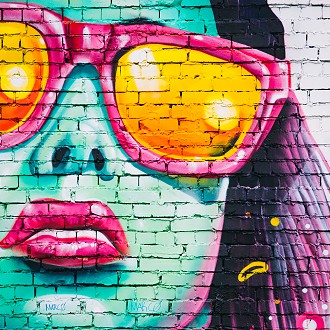
6
August
2018
What Is Abstract Art?
A common question from visitors and beginners is “What is abstract art?” The question stems from a general lack of familiarity or experience with the form and its definition.
Abstract art utilizes a visual language of shape, form, color, and line to create compositions which exist independently from the usual visual references of the world. In other words, the subject matter is removed, relying more heavily on the fundamentals of artistic design to organize, structure, and create a tone or story for the piece. However, even without definitive subjects, abstract art requires many of the same ingredients as all other art.
Five fundamentals of artistic design incorporated into abstract art are shape, value, color, edges, and center of interest. Of course, art has no definitive rules, so a creator can choose to ignore these facets, but disregarding them can lower how powerful an abstract piece will turn out. There are many different walks of artists and creators, some of which believe you can paint anything and call it art. It is true that art has no limits and boundaries, but great art that is cohesive and coherent is designed by creators who utilize these and other fundamentals. Usage of them shows in the quality of their finished works.
Abstract art is considered a pure form of expression. Such art allows its creator the freedom to communicate visually without any of the constraints found in objective reality. The design of an abstract art piece comes directly from the mind of the artist in comparison to being derived from the outside world. Colors and their equivalent human emotions are a primary interest to artists who often incorporate color theory into their abstract works. Shapes and gestures (light/fierce brush strokes or drops/globs of paint) are additional techniques used to display the emotions of the artist during the making of an abstract piece.
A great way to obtain a more comprehensive understanding of what abstract art is would be to explore the works of history’s most celebrated abstract artists. Such a list includes works by Pablo Picasso, Jackson Pollock, Georgia O’Keefe, Andy Warhol, and Wassily Kandinsky amongst many others.
Abstract art is a form that can be a little more difficult to understand for many people, but certainly not one that is impossible to absorb. Plymouth Arts Center always welcomes our visitors to explore, ask questions, and push the boundaries of their own artistic works to further understand the many different methods of artistic expression.


